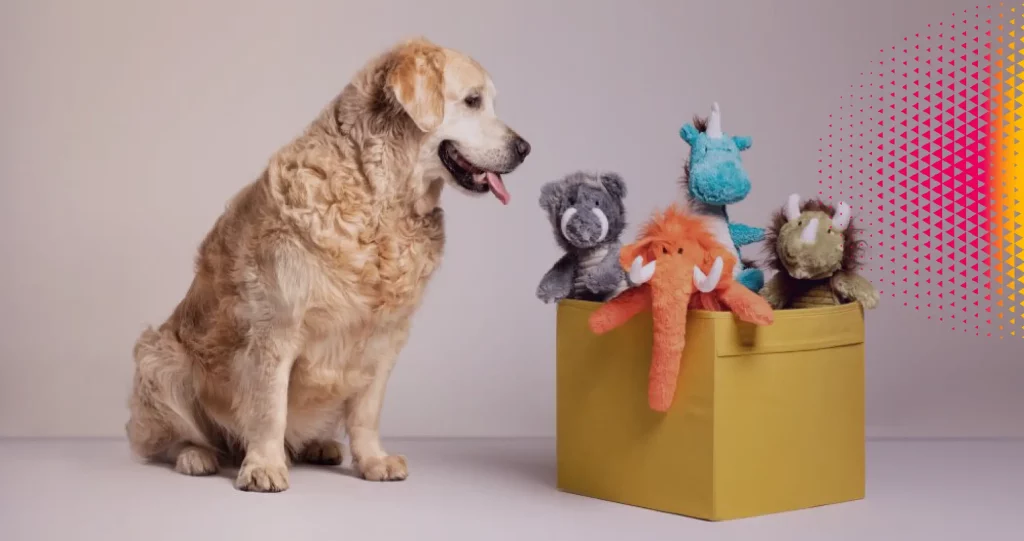Personalized well-being takes center stage in the pet store market

Whether man’s best friend is a dog, a cat, or an exotic animal, pet owners love to pamper and care for their companions. This growing trend has created a significant market opportunity for the pet store sector.
An increase in demand in 2020
During the pandemic in 2020, the demand for pets, accessories, and pet food surged as owners spent more time at home. This growth is expected to stabilize at an annual rate of 6.1% over the next few years, with the global market projected to reach $350 billion by 2027.
Pet food: the best-selling category
Pet food remains the top-selling category in pet stores, with many owners joking that they spend more on their pets’ food than on their own. The concept of high-quality pet food might have once seemed odd, but as pet owners embrace healthier lifestyles and balanced diets, their pets follow suit.
Upmarket products
Pet stores have adapted to these new demands, leading to an upgrade and premiumization of products and services. These include gluten-free or vegan pet foods and health-focused options. Additionally, stores now offer a growing range of accessories and equipment: toys, clothing, bedding, and hygiene products like shampoos and cologne.
The impact of e-commerce on the sector
eCommerce has made significant strides in the pet store sector, pushing specialized retailers to rethink their strategies. The pet supplies category on Amazon has seen annual growth rates of 30%. For instance, specialized retailers like Petco and Petsmart dominate the online market in the United States. New players are also entering the market with exclusive and innovative products tailored to the new demand.
Examples of innovative new players
Bark, for example, offers dog owners a variety of monthly subscription services like BarkBox, a monthly box filled with toys, treats, and unique accessories designed to suit each dog’s unique style. It’s a well-conceived concept. Woufbox in France provides a similar service with gift boxes for dogs.
Currently, Bark operates solely in the United States, reaching over a million dogs per month. Although still operating at a loss, the company reported a 69% increase in revenue in its last fiscal year, reaching $379 million. Like other direct-to-consumer retailers, the cost of customer acquisition may increase losses as Bark grows, which remains the Achilles’ heel of this model.
To achieve profitability quickly, companies like Bark partner with retail giants such as Costco, Amazon, and Target in the US. The pet industry, traditionally dominated by a “legacy market approach,” is ripe for innovation.
Despite growing competition from supermarkets and online sales, the traditional pet store sector will continue to grow. Pet owners value the advice and expertise of local pet stores, where they can have face-to-face interactions.



